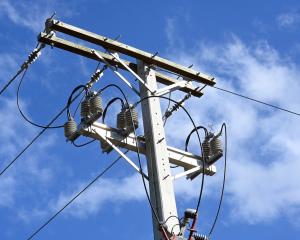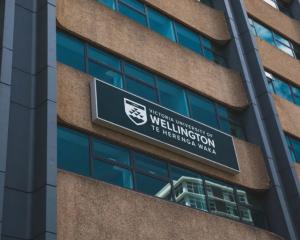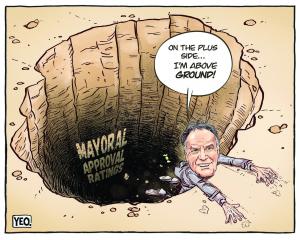
During his valedictory Q&A interview with Jack Tame, Grant Robertson lamented that his government had not borrowed more.
Although he is lampooned by the Right as profligate, his financial record unequivocally refutes this. Among a list of 27 comparable nations, New Zealand has the fifth-lowest government debt to GDP ratio. Australia, Sweden, Denmark and Turkey are below us.
For New Zealand this ratio is 35.7% The average of the 27 countries is 75.5%. This includes Japan with 264%, Singapore 168%, the United States 129%, Canada 107% and UK 97%.
How might we benefit if our government took on more debt? Auckland epidemiologist Prof Mark Elwood recently published New Zealand’s cancer outcomes.
Globally, our closest comparator Australia, has the top survival rate overall for cancer, even though it ranks just fifth in expenditure. New Zealand, with a slightly lower cancer incidence than Australia ranks a depressing 22nd in cancer survival and 15th in expenditure.
Overall, compared to Australia, New Zealand’s death rate for cancer is 11% higher: 17% for females and 5% for males.
The cause of New Zealand’s dismal performance is multifactorial, but a significant component is late diagnosis. In New Zealand, a staggering 42.5% of eight common cancers were not diagnosed until so advanced they mandated an acute hospital admission.
Emergency presentation was strongly associated with high one-year mortality. Across 14 jurisdictions in six nations, NZ ranked worst. In the best performing example, 24% of cancers were diagnosed as the result of an acute admission.
Why does New Zealand perform so badly? We have established breast, cervical and bowel screening — but the former ends at 69, rather than 74 as in Australia, and latter two are undertaken less frequently than in Australia.
This deficiency is eclipsed by New Zealand’s inability to deliver timely diagnosis of symptomatic cancers because of our dearth of diagnostic services. This is largely the result of barriers to investigation via primary healthcare.
Per capita, we have 35% less CT scanners than Australia. This is compounded by our inability to treat in a timely fashion, because of our paucity of oncologists and particularly radiotherapists.
Our oncologists have twice the patient load of their Australian counterparts. Australia also has more doctors, including radiologists; recently every radiologist who trained in Dunedin Hospital then moved to Australia.
The creation of a third medical school in Waikato will not solve this problem. The effective solution is retention through better pay and conditions for New Zealand doctors.
The late diagnosis of cancer in New Zealand results not only in a worse prognosis, but also renders the treatment more expensive.
For example, if a bowel cancer obstructs, that patient is often condemned to multistage surgery, each with its inherent risks and expense. Such emergency initial surgery is accompanied by a 10% mortality and 30% morbidity.
The simply obvious root cause of New Zealand’s under performance is underfunding. It is noteworthy that the nations we were compared to unfavourably earlier (Australia, Canada, UK, Norway and Denmark) spend, on average, 46% more per capita on healthcare than New Zealand.
The additional expense of treating late presentation cancer diverts money from diagnostic services at the top of the cliff.
How can this funding deficiency be remedied? By implementing two changes.
Firstly by raising more revenue via taxation. Australia’s top income tax rate is 45% whereas ours is 39% and Australia also has Capital Gains Tax.
Recently in New Zealand, David Parker has identified that over a two-year period, in a sample of 311 of New Zealand’s richest families median effective tax rate with GST included was 9.5%, v 30% for a Kiwi earning $80,000pa.
Secondly by raising government debt. The ideal target debt-to-equity ratio for publicly listed companies is considered to be 50%-60%. If New Zealand was to raise its government debt to GDP ratio to a still conservative 50% of GDP, it would realise an additional $42.3 billion. To close the 46% average shortfall with afore mentioned other five nations, would consume $13.8b. The rump of this could be spent on much-needed hospital upgrades nationwide.
This $42.3b windfall would only occur once of course. We can then budget on an ongoing windfall of about $9b annually as our GDP grows if debt is indexed at 50%, or perhaps greater than this as our workforce enjoys better health.
This would increase our annual health budget by 30% and would be supplemented substantially by more income tax.
The ailing health of our nation is being driven by our politicians. They will not remedy this with tax cuts and by giving landlords tax breaks.
— Ian Breeze is a retired surgeon.











